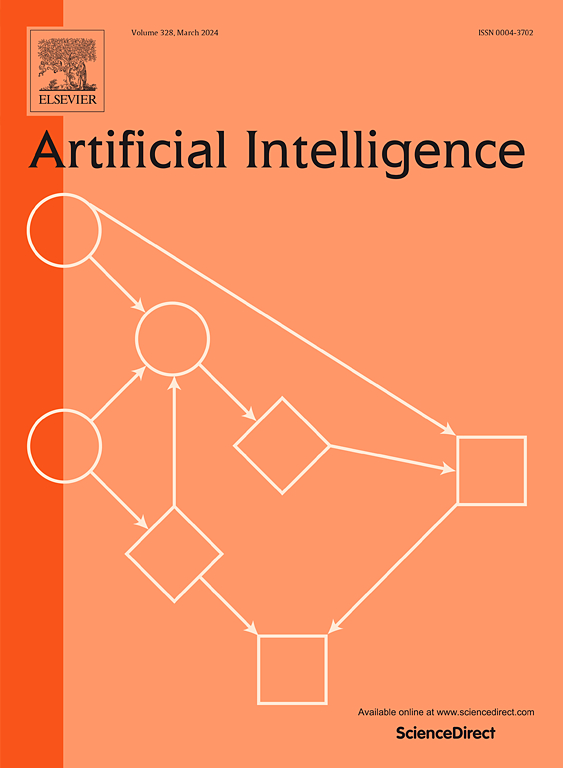视觉提示学习作为蒙面视觉标记建模的再思考
IF 4.6
2区 计算机科学
Q1 COMPUTER SCIENCE, ARTIFICIAL INTELLIGENCE
引用次数: 0
摘要
在自然语言处理(NLP)中,提示学习在有效利用大规模预训练模型方面取得了巨大成功。它将下游任务重新表述为生成式预训练任务,以达到一致性,从而稳定地提高性能。然而,当将其转移到视觉区域时,目前的视觉提示学习方法几乎都是在判别性预训练模型上设计的,也缺乏将预训练和下游任务的形式统一起来的精心设计。为了探索生成式预训练视觉模型上的提示学习,并保持任务一致性,我们提出了视觉提示学习作为屏蔽视觉标记建模(VPTM),将下游的视觉分类任务转化为预训练的屏蔽视觉标记预测任务。此外,我们还开发了原型语言表达器,用于将具有隐式语义的预测视觉标记映射到显式下游标签。据我们所知,VPTM是第一个基于生成式预训练视觉模型的视觉提示方法,它通过任务重构实现了预训练与下游视觉分类的一致性。实验表明,VPTM优于其他视觉提示方法,具有优异的效率。此外,VPTM的任务一致性有助于增强对提示位置、提示长度和原型尺寸的鲁棒性,并且可以统一部署。本文章由计算机程序翻译,如有差异,请以英文原文为准。
Rethinking visual prompt learning as masked visual token modeling
Prompt learning has achieved great success in efficiently exploiting large-scale pre-trained models in natural language processing (NLP). It reformulates the downstream tasks as the generative pre-training ones to achieve consistency, thus improving the performance stably. However, when transferring it to the vision area, current visual prompt learning methods are almost designed on discriminative pre-trained models, and there is also a lack of careful design to unify the forms of pre-training and downstream tasks. To explore prompt learning on the generative pre-trained visual model, as well as keeping the task consistency, we propose Visual Prompt learning as masked visual Token Modeling (VPTM) to transform the downstream visual classification task into the pre-trained masked visual token prediction task. In addition, we develop the prototypical verbalizer for mapping the predicted visual token with implicit semantics to explicit downstream labels. To our best knowledge, VPTM is the first visual prompt method on the generative pre-trained visual model, which achieves consistency between pre-training and downstream visual classification by task reformulation. Experiments show that VPTM outperforms other visual prompt methods and achieves excellent efficiency. Moreover, the task consistency of VPTM contributes to the robustness against prompt location, prompt length and prototype dimension, and could be deployed uniformly.
求助全文
通过发布文献求助,成功后即可免费获取论文全文。
去求助
来源期刊

Artificial Intelligence
工程技术-计算机:人工智能
CiteScore
11.20
自引率
1.40%
发文量
118
审稿时长
8 months
期刊介绍:
The Journal of Artificial Intelligence (AIJ) welcomes papers covering a broad spectrum of AI topics, including cognition, automated reasoning, computer vision, machine learning, and more. Papers should demonstrate advancements in AI and propose innovative approaches to AI problems. Additionally, the journal accepts papers describing AI applications, focusing on how new methods enhance performance rather than reiterating conventional approaches. In addition to regular papers, AIJ also accepts Research Notes, Research Field Reviews, Position Papers, Book Reviews, and summary papers on AI challenges and competitions.
 求助内容:
求助内容: 应助结果提醒方式:
应助结果提醒方式:


